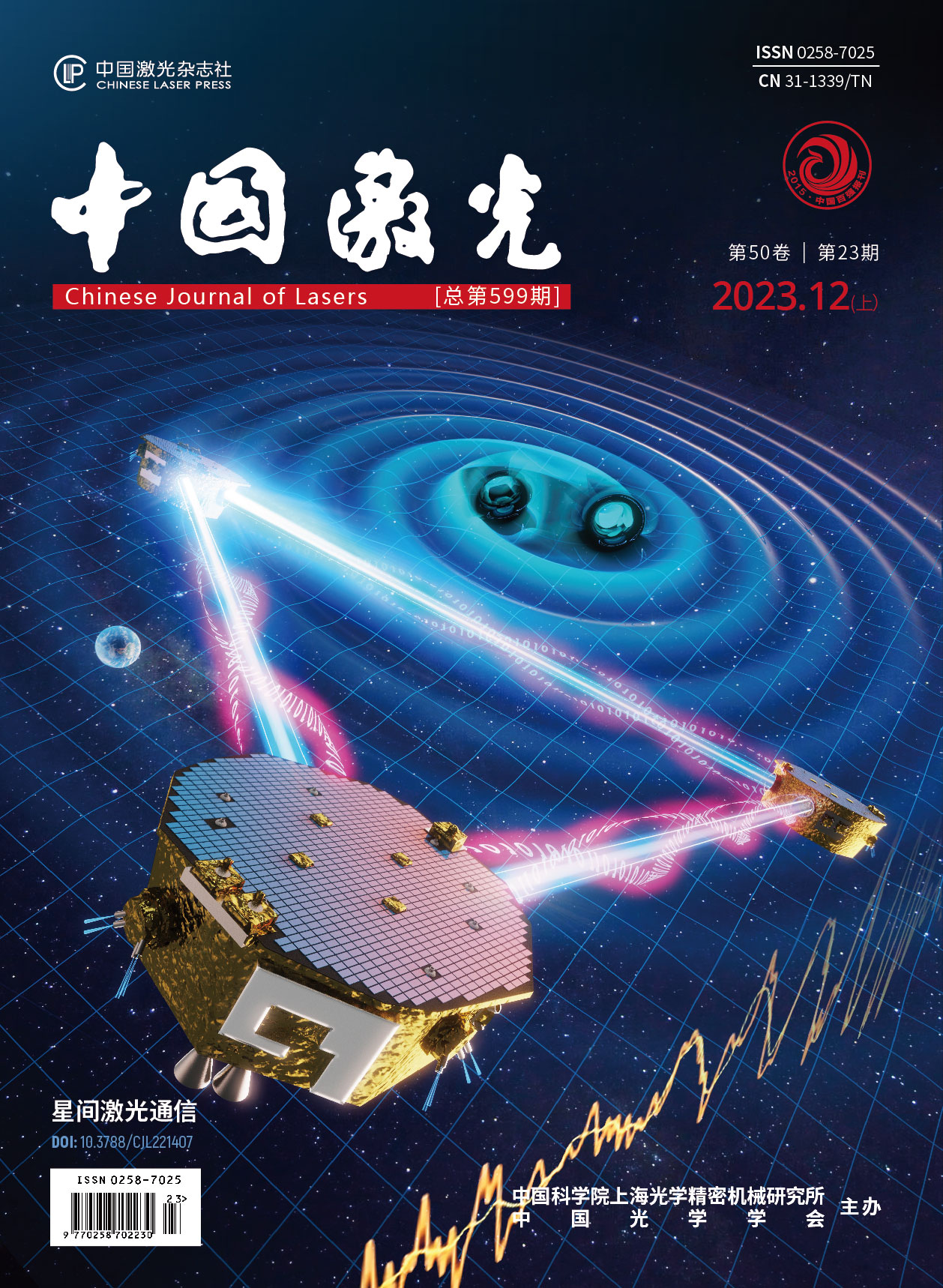基于线扫描数据的复杂环境下的河岸线提取【增强内容出版】
In recent years, with the rapid development of LiDAR, algorithms for point cloud edge extraction have been widely used in coastline extraction. Compared to coastline extraction, riparian line extraction has more significance; however, it often presents more challenges, especially when confronted with the task of extracting riparian lines in environments characterized by substantial elevation variations and dense tree cover. To address these problems, we propose an accurate extraction process for riparian lines in complex environments using a line-scanning laser point cloud. This approach enables precise riparian line extraction even in scenarios where the riverbank elevation varies significantly and the riverbank is obscured by tree canopies.
First, the original river point cloud data were preprocessed, and the number of points within a certain range was counted using the center point neighborhood and elevation information. The center points were then categorized into noise and riverbank points, and an initial representation of the riverbank was established using the breakpoint analysis method (Fig.2). Second, an adaptive threshold frame was generated. With the rough outline as the reference and the rough outline point as the center point of the threshold frame, elevation statistics were performed on the object elevation within the threshold frame. Concurrently, ground objects, such as tall trees, were selectively removed to refine the threshold frame (Fig.11). Finally, considering the smoothness characteristics of the riparian edge in real conditions, “defective” points were removed by the normal gradient constraint between adjacent edge points. This ensured the smoothness of the edge, and the remaining edge points were subsequently connected to form vector riparian lines. The detailed process for precisely extracting a riparian line in a complex environment is shown in Fig. 1.
Experiments were conducted on islets in the middle of a river and shorelines obscured by trees using the method described in this study and the mainstream contour tracing method, respectively. The shorelines extracted using the two methods were compared with real shorelines. The root mean square error (RMSE) of the calculated distances was used to qualitatively analyze the performance of the two methods. As shown in Table 1, the proposed method exhibit an approximately 24.6% lower RMSE compared to the contour tracing method, along with 30.2% more error-free matches. Moreover, it is evident from the statistical histogram of the error distribution that the errors of the proposed method are mainly concentrated within 0.3 m, with only a few points exceeding 1 m (Fig.16). Although the error of the contour line tracking method also achieved excellent results, it is significantly larger than that of the proposed method, with certain points exhibiting an error of approximately 1.5 m. For island and reef terrain, both methods demonstrate excellent capability in extracting the bank edge. However, when dealing with coastlines concealed by trees, the edge extracted by the proposed method is more closely aligned with the actual terrain (Fig.17). In summary, the proposed method outperforms the traditional contour tracing method in terms of extraction quality and error control, making it particularly well-suited for processing data in complex terrains.
Considering the complex environment of riverbanks, this study proposes an accurate extraction method for riparian lines using line-scanning laser point clouds in complex environments. The advantages of the method are as follows: (1) it utilizes scan line characteristics to identify breakpoints; (2) an adaptive threshold is employed to eliminate non-riparian point cloud data like shoreline canopy; (3) riparian point cloud data are further transformed into smooth, closed vector data using the normal gradient constraint method. The experimental results show that this method can effectively extract riparian lines in a complex environment. This proposed method holds promise in supporting critical tasks such as river surveys, river track detection, and riverbank soil and water loss monitoring.
朱岑岑, 李嘉, 蓝秋萍, 王旭, 陈焱明. 基于线扫描数据的复杂环境下的河岸线提取[J]. 中国激光, 2023, 50(23): 2309001. Cencen Zhu, Jia Li, Qiuping Lan, Xu Wang, Yanming Chen. Riparian Line Extraction in Complex Environment Based on Line Scanning Data[J]. Chinese Journal of Lasers, 2023, 50(23): 2309001.







